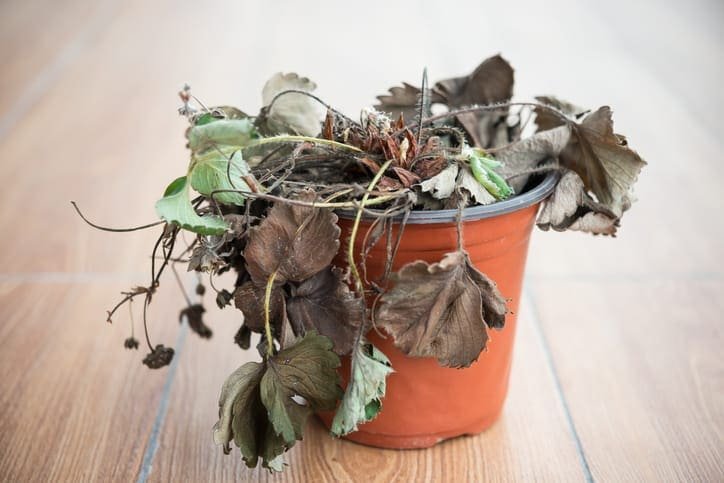
There is nothing worse for an avid gardener than seeing your precious plants wilting and not knowing what’s causing it. Concerned gardeners, you don’t have to give up hope. With a little love it’s possible to bring your plants back to life.
Discovering what’s ailing your plants can be a complicated process. To get to the root of the problem you’ll need to do a little investigating. Some common reasons why plants begin to wilt include: over-watering, not enough water, an overabundance of sunlight, lacking sunlight, too much fertilizer, not enough fertilizer, and not enough space to grow. So how will you know which condition is affecting you plants wilting?
Here is a quick guide to diagnose and revive them:
- Wilting plants with soft stems and mold spots… may be suffering from overwatering. You can fix this by removing the plant, soaking up extra water from the roots with paper towels, and repotting the plant in dry soil.
- Wilting plants with soil that isn’t moist six inches below the surface… may be underfed. The best way to fix this is to give the plant a generous amount of water.
- Wilting plants with dry-edged leaves and faded flowers… may be suffering from an overabundance of sunlight. You may need to experiment, placing your plants in different locations to see where they grow best.
- Wilting plants that lean towards its light source and have small leaves… may not have enough sunlight. To fix this experiment with your plant’s location.
- Wilting plants with yellow leaves and long, frail stems… may be suffering from too much fertilizer. The best way to wash away the fertilizer is by adding lots of water and letting it drain from the pot.
- Wilting plants with underdeveloped stems or roots… may not have enough fertilizer. You can fix this by adding a slow release fertilizer to your plants.
- Wilting plants with roots peaking from the side of the pot or from the holes underneath… may be suffering from lack of space. To solve the situation you should consider repotting your plant in a bigger container or transporting it to a larger space.








